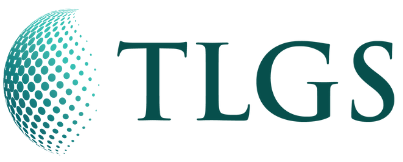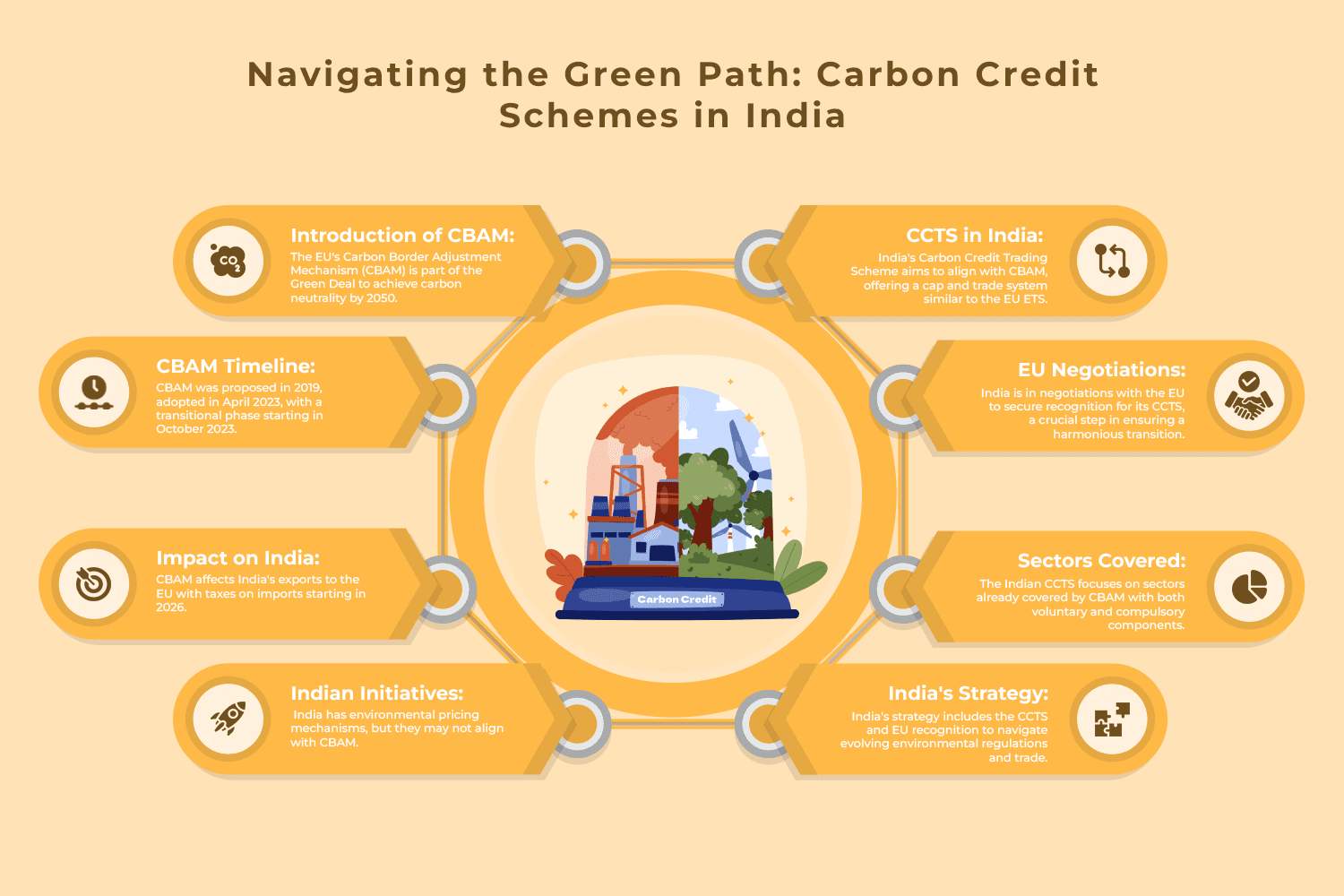The European Union has been proactive in addressing climate change and trade, with four key regulations introduced within the first seven months of this year. These regulations encompass CBAM, deforestation control, the inclusion of shipping in the EU’s emissions trading system, and the regulation of foreign subsidies.
The Carbon Border Adjustment Mechanism (CBAM) is a key component of the European Union’s (EU) Green Deal initiative, which aims to make the EU’s economy sustainable and carbon-neutral by 2050. It was first proposed in 2019, and on July 14, 2021, a regulation for CBAM was introduced as part of the ‘Fit for 55’ policy package. This package aims to reduce greenhouse gas emissions (GHG) by at least 55% by 2030, compared to 1990 levels. A significant milestone in CBAM’s development occurred in December 2022 when a final agreement was reached during the trialogue involving the European Commission, the Council of the EU, and the European Parliament.
In April 2023, the Council of the EU adopted the law establishing CBAM, marking the final step in the decision-making process. Under CBAM, importers will pay a price through the purchase of CBAM certificates, which must be surrendered after importing products, depending on the carbon content of those goods. The cost of these certificates will be determined based on the price of carbon in the EU Emissions Trading System (ETS).
The CBAM, set to take effect from October 1st, has significant implications for India’s exports of metals, including iron, steel, and aluminum products to the European Union (EU). This development places India at a disadvantage compared to countries like China, South Korea, and Australia, which have already implemented nationwide emission trading schemes to price carbon. CBAM will impose a tax ranging from 20% to 35% on specific imports into the EU, starting on January 1, 2026. During a transitional phase from October 1, 2023, importers in high-risk sectors, including cement, iron and steel, aluminum, fertilizer, hydrogen, and electricity, will need to report emissions in covered goods, but they will only begin paying financial adjustments in 2026.
In India, various environmental pricing mechanisms are already in place, including the Renewable Purchase Obligations and the Perform, Achieve and Trade Scheme (PAT Scheme). The PAT Scheme, administered by the Bureau of Energy Efficiency, mandates certain designated consumers to achieve energy savings targets and issue tradable Energy Savings Certificates when they surpass these targets. Similarly, the Renewable Purchase Obligations are state-driven initiatives under the Electricity Act 2003, requiring a percentage of electricity to come from renewable sources. Recently, the Ministry of Environment, Forest and Climate Change introduced the Green Credit Programme Implementation Rules, 2023, which incentivize environmentally positive actions by issuing ‘Green Credits’ to various entities.
However, these mechanisms differ from the EU Emissions Trading System (ETS) and may not align with the Carbon Border Adjustment Mechanism (CBAM) requirements. A potentially stronger candidate for CBAM compliance is the proposed Carbon Credit Trading Scheme (CCTS) in India. It operates as a ‘cap and trade’ system, similar to the EU ETS, and offers both voluntary and compulsory components. To ensure Indian importers can seek exemptions from CBAM carbon levies on exports to the EU, it’s crucial that the CCTS is designed to align with CBAM’s criteria as an equivalent emissions trading system. Negotiations are underway with the EU to recognize India’s Carbon Credit Trading Scheme (CCTS), which is a crucial step in ensuring a harmonious transition. This expanded scheme will encompass additional sectors in India, aligning GHG emissions intensity benchmarks and targets with the country’s climate goals. Carbon credit trading will be based on performance against these sectoral trajectories.
It’s worth noting that the Indian CCTS appears to focus on sectors already covered by CBAM. The scheme aims to establish a domestic carbon credit trading framework, incorporating both voluntary and compulsory elements. Given the impending implementation of CBAM, it is crucial that the final structure of CCTS aligns with the criteria of an equivalent emissions trading system. This alignment would enable Indian importers to seek exemptions from additional carbon levies imposed under CBAM when exporting to the EU.
In conclusion, CBAM represents a significant step in the EU’s efforts to combat climate change by imposing carbon-related taxes on imports. India, a major exporter of carbon-intensive products to the EU, is taking proactive measures to address the potential impact of CBAM. The establishment of its Carbon Credit Trading Scheme and negotiations with the EU to secure recognition are pivotal elements in India’s strategy to navigate this evolving landscape of environmental regulations and trade.
Dr. V. P. Agrawal is the Ex- Chairman and Managing Director of the Airports Authority of India under the Government of India.
He is currently contributing as a Principal Advisor, TLGS Consulting Group. (https://tlgs.consulting/people/)
Ms. Shamila Jibin is currently a Manager at TLGS Consulting Group, and is a lawyer who graduated from the National University of Advanced Legal Studies in Kochi.

